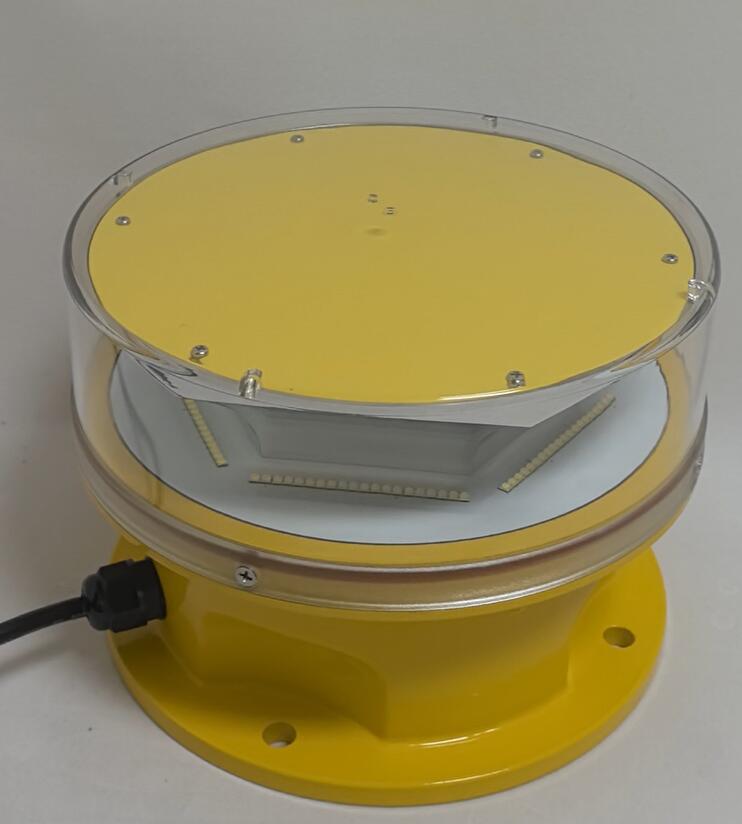Aircraft Warning Lights and Airport Technology: Enhancing Aviation Safety
Aircraft warning lights are a critical component of airport technology, ensuring safe navigation for pilots during takeoff, landing, and ground operations. As airports expand and air traffic increases, advanced lighting systems play a vital role in preventing collisions and improving efficiency. This article explores the significance, innovations, and future trends of aircraft warning lights in modern airport technology.
The Role of Aircraft Warning Lights in Airports :
Airports are complex environments with multiple obstacles, including control towers, hangars, and runway equipment. Aircraft warning lights help pilots and ground crews identify potential hazards, especially in low-visibility conditions such as fog, rain, or nighttime operations.
Key applications include:
Runway and Taxiway Lighting – Guides aircraft during movement.
Obstruction Lights – Marks tall structures like towers and cranes.

Approach Lighting Systems (ALS) – Assists pilots in aligning with runways.
Regulations and Standards
Airport lighting systems must comply with strict international and national regulations, including:
ICAO (International Civil Aviation Organization) – Sets global standards for aviation safety.
FAA (Federal Aviation Administration) – Provides guidelines for lighting intensity and placement.
Local Aviation Authorities – Ensure compliance with regional requirements.
These standards dictate the color, intensity, and flash patterns of aircraft warning lights to maintain uniformity and prevent confusion.
Technological Advancements in Airport Lighting
Modern airport technology has transformed aircraft warning lights with innovations such as:
1. LED Lighting
Energy-efficient and long-lasting.
Brighter and more reliable than traditional incandescent bulbs.
Reduces maintenance costs and downtime.
2. Solar-Powered Systems
Ideal for remote airports with limited power infrastructure.
Environmentally friendly and cost-effective.
3. Smart Lighting Controls
Automated brightness adjustment based on weather conditions.
Remote monitoring for real-time fault detection.
4. Wireless Synchronization
Ensures synchronized flashing across multiple lights.
Enhances visibility and reduces pilot confusion.
Future Trends in Aircraft Warning Lights and Airport Technology
The aviation industry continues to evolve, with emerging trends including:
Integration with Air Traffic Control (ATC) Systems – Lights that adjust based on real-time flight data.
| Aircraft Warning Lights |
Enhanced Durability – Weather-resistant designs for extreme conditions.
AI-Powered Predictive Maintenance – Reduces failures by anticipating issues before they occur.
Aircraft warning lights are an indispensable part of airport technology, ensuring safe and efficient operations. With advancements in LED, solar power, and smart systems, these lighting solutions are becoming more sustainable and reliable. As airports grow and air traffic increases, continued innovation in aircraft warning lights will be essential for maintaining global aviation safety standards.
By embracing new technologies and adhering to strict regulations, the aviation industry can further enhance safety and operational efficiency in airports worldwide.
